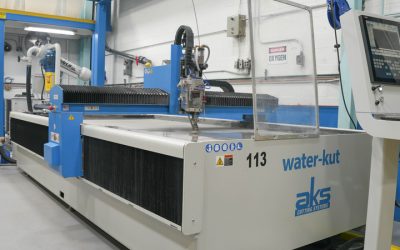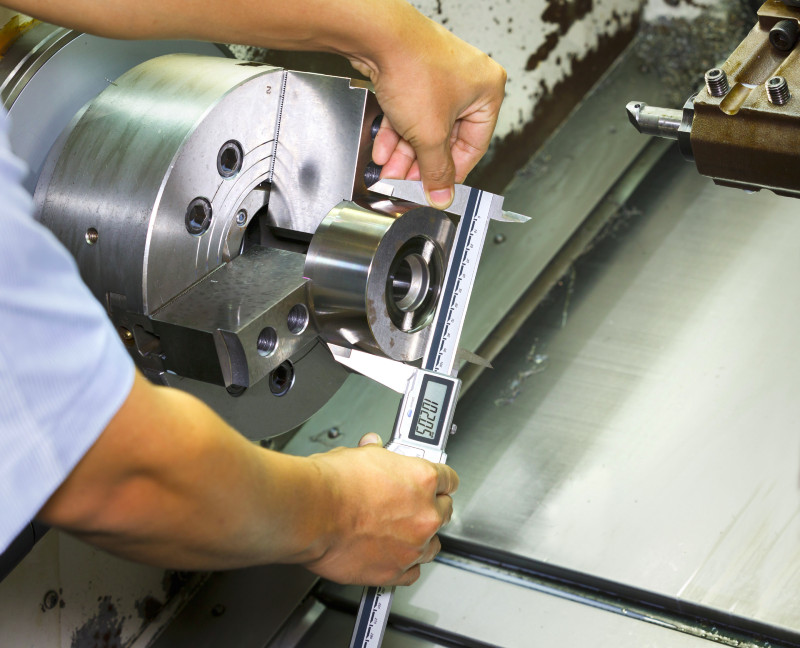If you are a manufacturer of medical device components, it’s important to know all about classifications from the Food and Drug Administration. In addition, classifications can change from year to year, so one must keep up with the latest updates. Here is more about the system along with important information to be aware of.
Defining Medical Devices
Things made to help or assist patients would qualify as medical devices. This includes equipment and tools used for diagnostics and testing. For example, sonogram equipment can be used to determine whether there is a presence of disease or if an unborn child is doing well. Anything used in the healthcare industry may qualify. This encompasses items for rehabilitation like crutches and air splints. It also includes a wide range of implant appliances whether they are electronic or not.
What are FDA Classes?
Classes from the Food and Drug Administration are used to determine risk factors. For example, they use Classes I, II and III. Here is an explanation:
Class I – covers the lowest risk devices produced. In other words, there is not a huge concern but some risks are still involved. The risks may be related to misbranding issues or things which need to be recalled for some reason. There is not an immediate concern about loss of life. This class includes medical device components and things like bandages, dental floss and rubber gloves used in examinations.
Class II – more than general safety and special control. There are devices in which a general control rule would not apply. For example, some things may require special labels for warnings or operation. These items are subject to higher levels of scrutiny and control than Class I items. In other words, there are some health concerns. Typical Class II materials may include infusion pumps, acupuncture needles or air purification systems.
Class III – These items have the power to extend or give life when properly used and can cause death if they are not manufactured properly. This group requires special approval before going on the market to ensure maximum safety and quality standards have been met. Scientific product reviews are also required. This includes medical device components and tools like implanted heart pacemakers, external defibrillator equipment, AIDS tests and pulse generators. It can also include specific support equipment used in hospitals and long term healthcare facilities.
Registration
The following businesses must register all medical devices with the FDA:
* Manufacturers
* Remanufacturers
* Sterilizers and contract manufacturers who distribute or sell their devices
* Export manufacturers
* Repackaging businesses
* Developers
If you are uncertain about your medical device components or items, you should contact the FDA or visit the website by clicking this link.

